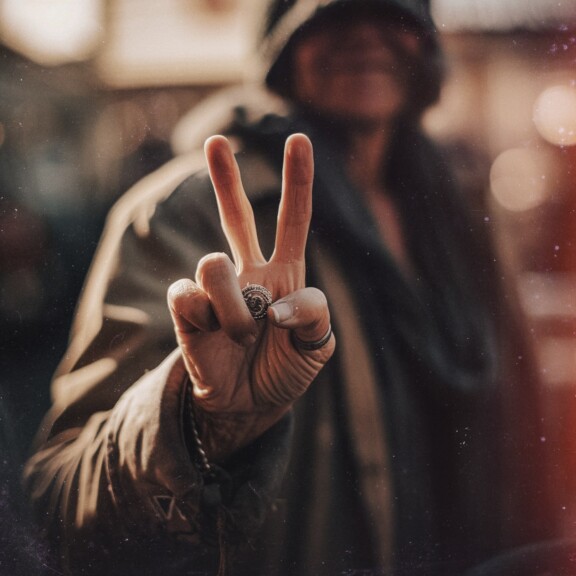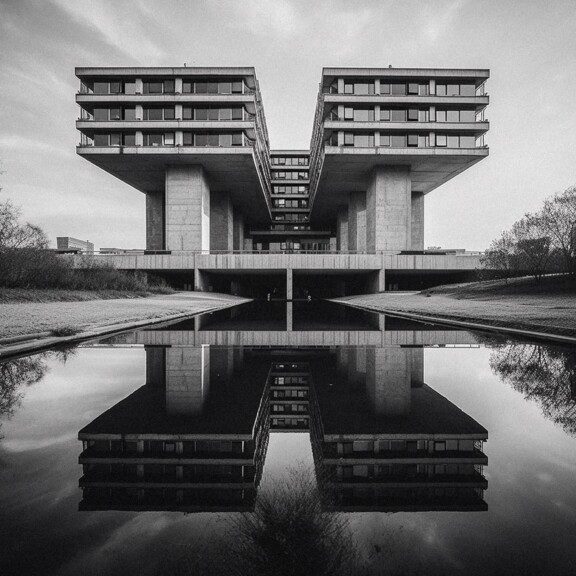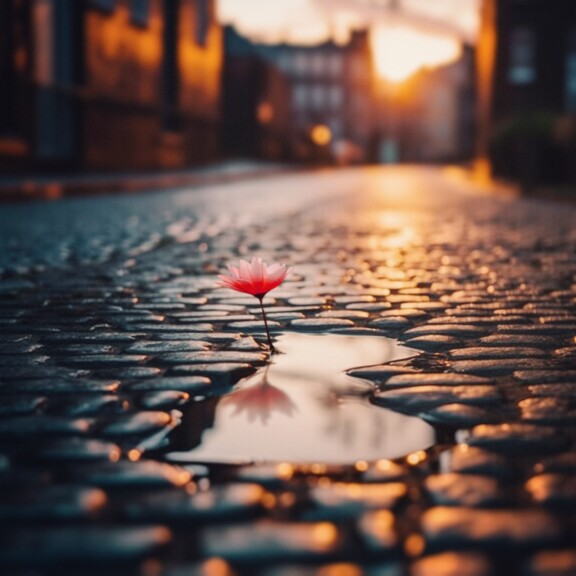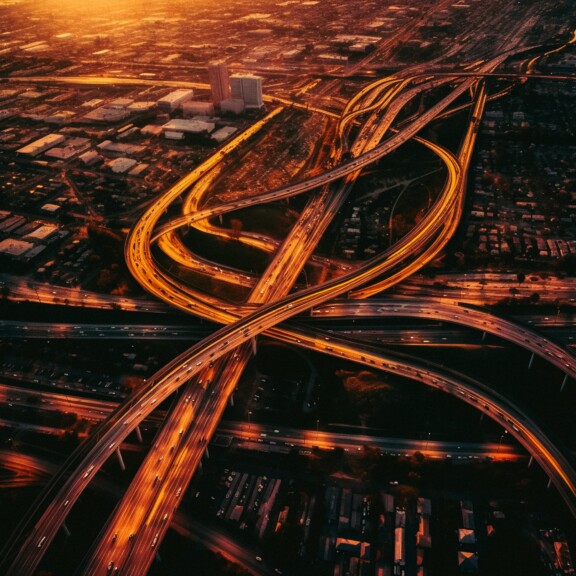
Dawn of Doubt
What if the key to unlocking our fullest creative potential was something we’ve been increasingly wary of? The technology coming for our jobs and our industry seems to be an unavoidable topic as I browse the internet or scroll through my social feeds. The narrative around AI and machine learning has been tinged with, not just apprehension, but fear and in a lot of cases outrage from artists and writers. Concerns about machines taking over jobs, discussions around what is truly considered art, AI eclipsing human creativity. But, what if we’re viewing it all wrong?Midjourney and ChatGPT represent the forefront of AI’s role in creative industries, although we are seeing new platforms arise everyday offering everything from simple image creation to complex AI avatars. It’s easy to view these as competition, but, in reality, these technologies are not a replacement for human creativity but an enhancement to it. They give us the ability to think outside of our own box, providing never-seen-before tools that enrich our creative process in ways we’ve only begun to explore.
A Leap of Faith
Last year I took on a creative social media challenge known as 36 days of type. This challenge tasks you with posting one creative interpretation of a letter each day, A-Z then the numbers 0-9, for 36 days straight. You can use any creative craft you like, from painting to digital illustration to photography. I decided I would use Midjourney and create all of my posts with AI. It was partly curiosity, partly to see what its limitations were and partly to see what I could learn about the nuances of prompt engineering and how that affected the results. You can see some of the results posted throughout this article.At the time I was surprised by how much difficulty the platform had with creating letterforms and numbers, although since I took part in that challenge these platforms have only gotten more powerful. My goal was to create realistic, abstract photography to replicate letters that could’ve been spotted in everyday life, however I soon discovered that typing “photo of stairs that look like the letter E” wouldn’t cut it. I would have to find other, more creative and elaborate ways to describe what I was hoping to achieve. And for every image I posted, there were easily 100 versions that ranged from not quite right to absolutely bizarre.
Discoveries and Missteps
Overall, I learned a lot about how to work alongside these AI platforms. Firstly, they’re powerful. Like, really powerful. And will only continue to get better and better. As of now, it’s great and easy to use if you’re not really sure what you want, maybe you have a general idea, or if you’re looking for inspiration or a good starting point for creative concepting. However, if you’re trying to create something very specific, like I was, it still requires a huge time commitment and a honing of a new skill — prompt engineering. So in the same way that a camera does not make a great photographer, AI should be embraced as a tool that requires extensive use to master.
New Process
Incorporating AI into our creative toolkit is like discovering a new color on the palette—a chance to experiment with shades and nuances we couldn’t previously imagine. As a result, this collaboration enhances our creative expression, allowing us to push the boundaries of design, storytelling, and problem-solving. It’s an opportunity to elevate our game, to see these advancements as extensions of our creative selves.So, as we navigate the evolving landscape of technology and creativity, let’s shift our perspective from apprehension to anticipation. Embracing AI-driven tools isn’t just about keeping pace with change; it’s about seizing the opportunity to redefine the boundaries of our creative ambitions. It’s time to lead with curiosity, harnessing the power of AI to amplify our creative voices and leave a mark that’s uniquely human.







